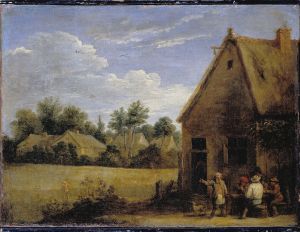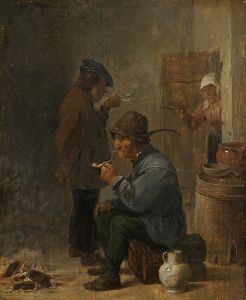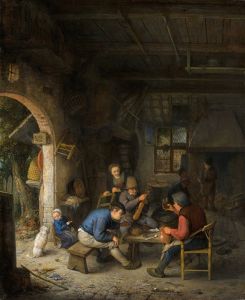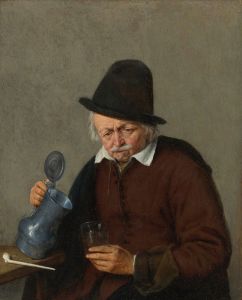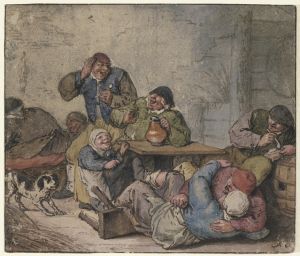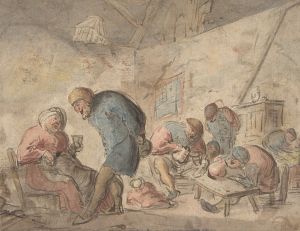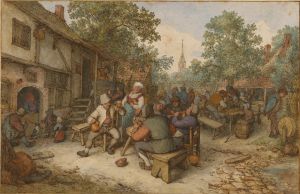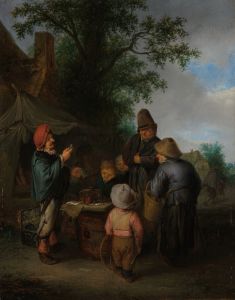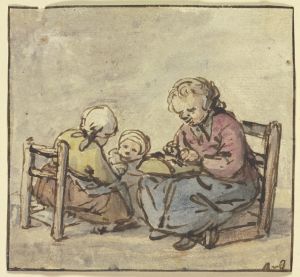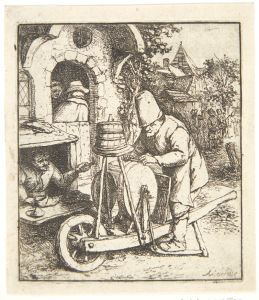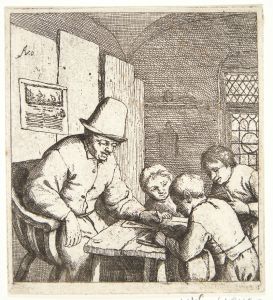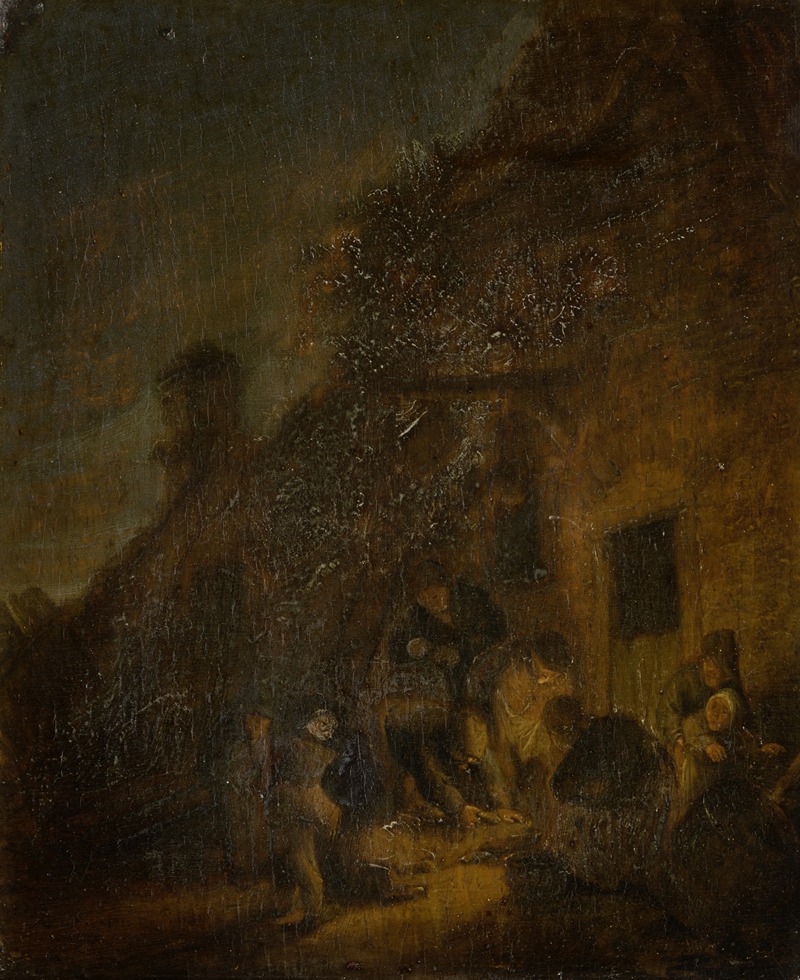
Slaughtering a Pig by Torchlight
A hand-painted replica of Adriaen van Ostade’s masterpiece Slaughtering a Pig by Torchlight, meticulously crafted by professional artists to capture the true essence of the original. Each piece is created with museum-quality canvas and rare mineral pigments, carefully painted by experienced artists with delicate brushstrokes and rich, layered colors to perfectly recreate the texture of the original artwork. Unlike machine-printed reproductions, this hand-painted version brings the painting to life, infused with the artist’s emotions and skill in every stroke. Whether for personal collection or home decoration, it instantly elevates the artistic atmosphere of any space.
Adriaen van Ostade was a Dutch Golden Age painter known for his genre scenes depicting peasant life. One of his works, "Slaughtering a Pig by Torchlight," exemplifies his focus on rural and domestic scenes, capturing the everyday activities of the lower classes in 17th-century Holland. Van Ostade was born in 1610 in Haarlem, where he spent most of his life and career. He was a pupil of Frans Hals, which influenced his early style, characterized by lively compositions and a keen interest in the human figure.
"Slaughtering a Pig by Torchlight" is a painting that reflects van Ostade's interest in the rustic and often gritty aspects of rural life. The painting depicts a group of peasants engaged in the traditional activity of pig slaughtering, a common practice in rural communities that provided essential food supplies for the winter months. The scene is illuminated by torchlight, which adds a dramatic effect to the composition, highlighting the figures and creating a strong contrast between light and shadow. This use of chiaroscuro is a technique van Ostade employed to enhance the mood and focus of his paintings.
Van Ostade's work is noted for its detailed representation of peasant life, and "Slaughtering a Pig by Torchlight" is no exception. The painting captures the physicality of the task, with figures depicted in various stages of the slaughtering process. The expressions and postures of the characters convey a sense of communal effort and concentration, reflecting the social and economic importance of this activity. The setting is typically rustic, with simple tools and clothing that emphasize the humble nature of the subjects.
The painting is also significant for its composition and use of light. The torchlight not only serves as a practical source of illumination but also creates a focal point within the painting, drawing the viewer's eye to the central action. Van Ostade's skillful use of light and shadow adds depth and dimension to the scene, enhancing the realism and immediacy of the moment. This technique is a hallmark of his work and contributes to the enduring appeal of his paintings.
Adriaen van Ostade's paintings, including "Slaughtering a Pig by Torchlight," provide valuable insights into the daily lives of 17th-century Dutch peasants. His work is appreciated for its authenticity, attention to detail, and ability to capture the essence of rural life. Van Ostade's paintings are held in high regard and can be found in major art collections and museums around the world, where they continue to be studied and admired for their artistic and historical significance.
While specific details about the provenance and current location of "Slaughtering a Pig by Torchlight" may not be widely documented, van Ostade's body of work remains an important part of the Dutch Golden Age painting tradition. His ability to depict the nuances of everyday life with empathy and skill has earned him a lasting place in the history of art.





